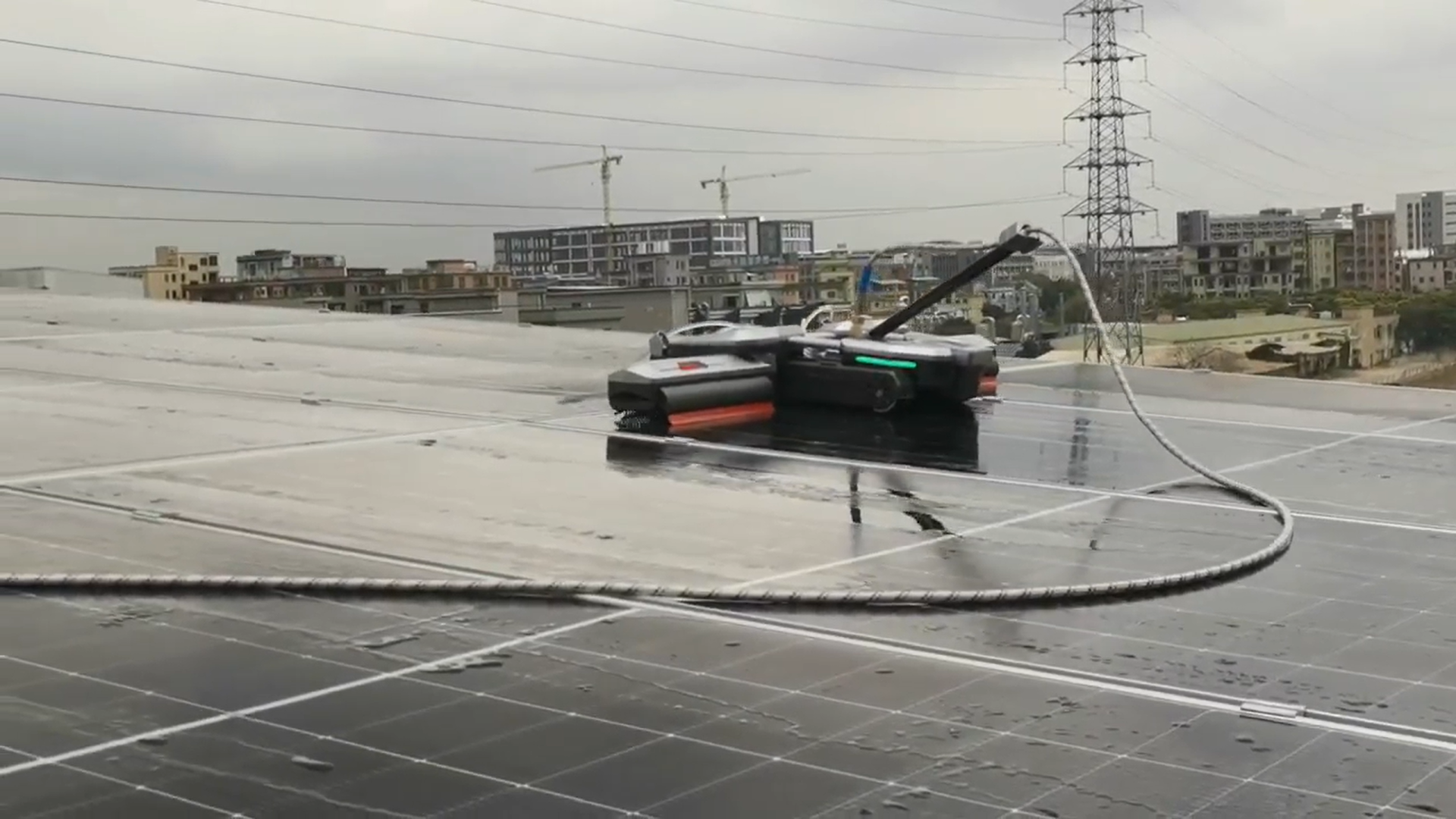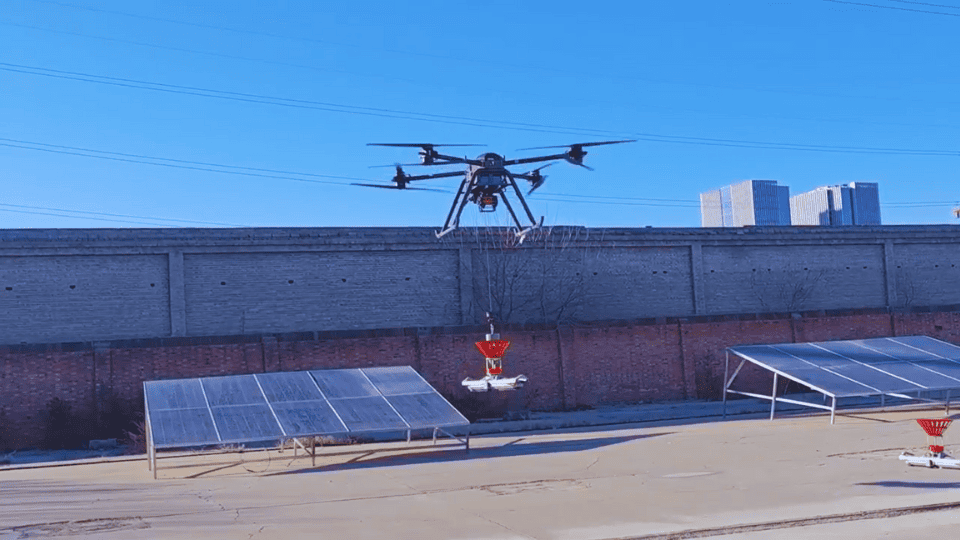The Environmental Impact of Solar Panel Cleaning
Solar energy is one of the cleanest power sources, but even renewable systems have environmental costs—especially when it comes to keeping panels clean. Studies show that cleaning panels improperly can waste thousands of liters of water, lead to CO₂ emissions from manual labor, and accelerate material degradation. One Princeton-led study found that regularly cleaning panels in polluted areas can significantly improve energy output. Meanwhile, global soiling losses are estimated at 3–4%, costing the industry €3–7 billion annually.
In this guide, we’ll walk you through solar panel cleaning best practices, highlight how to minimize resource usage and emissions, and explain why IFBOT’s automated, eco-friendly solutions outperform traditional methods.
Why Sustainable Cleaning Matters
1. Water Scarcity & Waste
PV plants typically use between 26–33 gallons/MWh—far lower than thermal power plants—but manual cleaning often uses much more.
2. Carbon Costs & Labor
Labor-based cleaning requires vehicles, tools, and human oversight—potentially emitting CO₂ and placing workers in dangerous situations.
3. Panel Longevity
Harsh cleaning methods cause damage that reduces lifespan and performance, increasing carbon footprint over time.
Eco-Conscious Cleaning Best Practices
• Dry-clean first: Use non-abrasive methods before resorting to water.
• Clean during cool hours: Early morning or dusk to prevent thermal stress.
• Use only deionized or minimal water to avoid mineral residue.
• Employ safe, biodegradable cleaners when needed.
• Monitor output: Recovery in kWh after cleaning helps justify frequency (e.g., +10% recovery on a 100 kW system equals ~10 kW more output).
Why IFBOT Robots Lead in Sustainability
IFBOT X3 – Water-Free Dry Cleaning
– Uses nano-brush + suction; zero water.
– Weighs 6.2 kg, portable, gentle, and safe on steep rooftops.
IFBOT M20 – Controlled Wet Cleaning
– Dual brushes, smart water recycling tank, uses high-pressure spray—delivers deep clean with minimal water.
IFBOT UAV – Emission-Free Deployment
– Deploys cleaning robots autonomously, reducing labor and vehicle emissions while enabling remote access.
Real Environmental Benefits of IFBOT Solutions
• Water savings: Zero to minimal water use vs. manual cleaning
• Reduced CO₂ emissions: Automated cleaning cuts vehicle and labor emissions
• Improved panel lifespan: Gentle, optimized cleaning preserves panel integrity
• Energy recovery: Cleaner panels recover energy losses (typically 10–30%)—equivalent to ~0.5 MWh/year for a 10 kW system
Sustainable Cleaning in 3 Simple Steps
1. Assess & schedule based on soiling rates and weather.
2. Choose your method: dry (X3), wet (M20), or drone-assisted (UAV).
3. Measure results: check before/after yield to confirm ROI.
Final Take
Maximizing solar performance sustainably isn’t just about choosing green energy—it’s about maintaining it smartly. IFBOT’s clean-tech robots deliver safe, efficient, scalable, and eco-friendly solar maintenance, enabling you to generate more power with less resource strain.
📩 Ready to upgrade your solar cleaning strategy?
Contact us | Learn more about IFBOT’s X3, M20 & UAV systems




